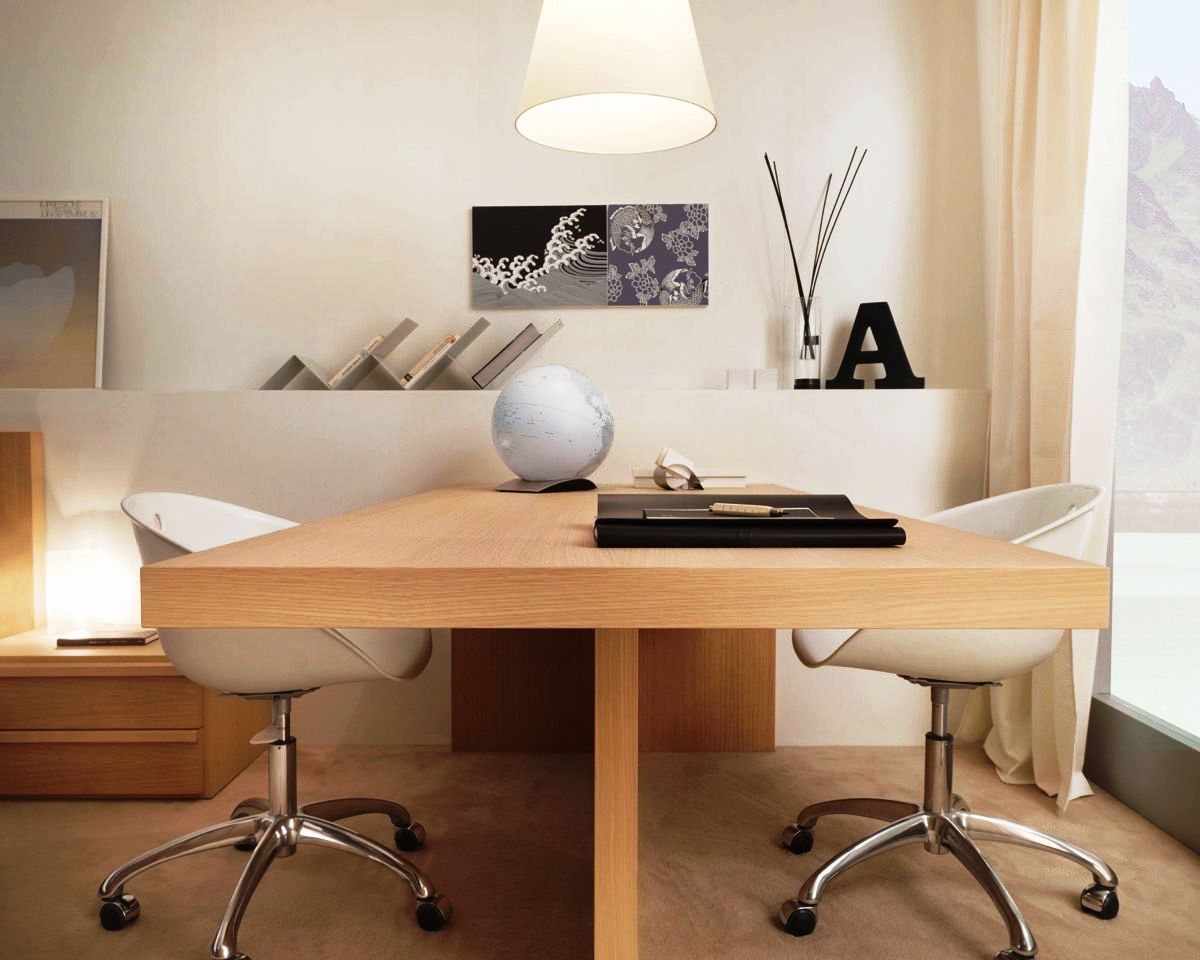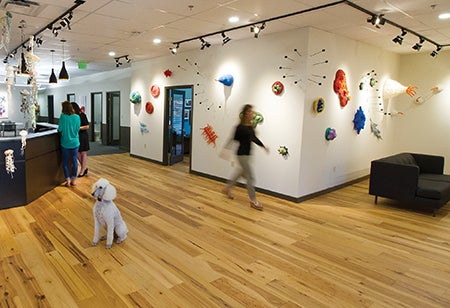
These are meant as stereotypes that may not always be as distinct. In the next sections, I will describe the spatial characteristics of each culture type in more detail, but beware not to take them too literally. Of course, these are only schematic categories. In the image above I show what a typical workspace for each culture type might look like. Now you might ask how a specific corporate culture might be reflected in the workspace design. These organizations focus on scaling ideas and bringing ideas to the market. The Achieve culture aims at “doing things fast”. The fourth category represents an organization that is characterized by stability and an external focus. Their idol is an expert or problem-solver. They strive for quality and excellence and show respect for power and hierarchies. They prefer well-defined processes and a clear distribution of tasks. The Organize culture aims at “doing things right”. The third category represents an organization that is characterized by stability and an internal focus. Their idol is an entrepreneur or a visionary.

These organizations focus on developing ideas with an appreciation of experimenting and risk-taking. The Explore culture aims at “doing new things”. The second category represents an organization that is characterized by flexibility and an external focus. Their idol takes the role of a coach or mentor. Often, these organizations are some sort of family-business. Their focus is on human relations and collaboration, with everyone working towards shared goals. The Collaborate culture aims at “doing things together”. The first category represents an organization that is characterized by flexibility and an internal focus. Make sure to read until the end, where I will also present you with a simple tool to assess your own workspace with regards to your organizational (or personal) culture. To prevent you from making the same mistake, I summarized the most important insights about organizational culture and the required workspaces in this blogpost. The new open office structure was just not the right choice for their individual work modes, and the overall organizational culture. Instead, people were working on individual tasks or had a lot of client contact via phone calls. Moreover, there was no need for lots of collaboration. People were used to their individual offices that they could decorative with their own plants and family pictures. What has happened? The new workspace design simply did not match to the organizational culture. When I interviewed the person in charge of this renovation process, he told me that the employees didn’t embrace this new workspace design as he had expected. The space looked amazing: inviting open structures, very high-quality collaboration furniture, casual lounge areas, and lots of greenery and plants. They invested millions of Dollars into remodeling their headquarter’s workspace.


Innovative workspaces software#
One particular example was a global software company. During my research on creative workspace design, I visited plenty of companies and observed their workspaces.


 0 kommentar(er)
0 kommentar(er)
